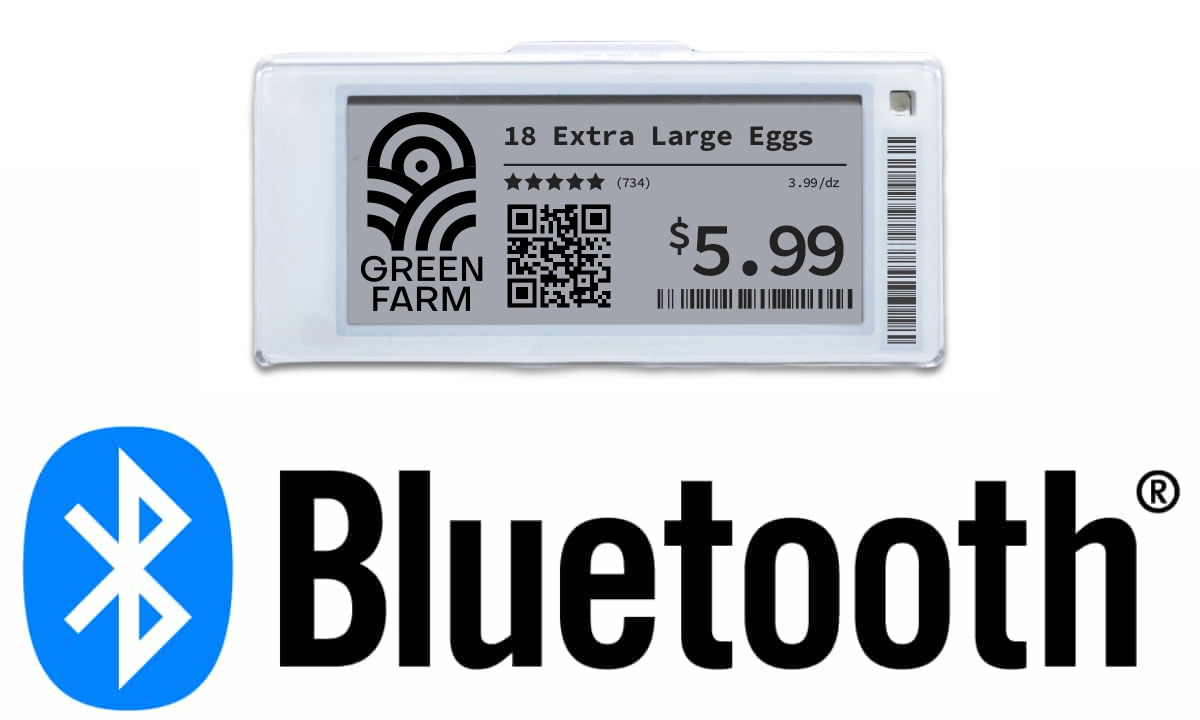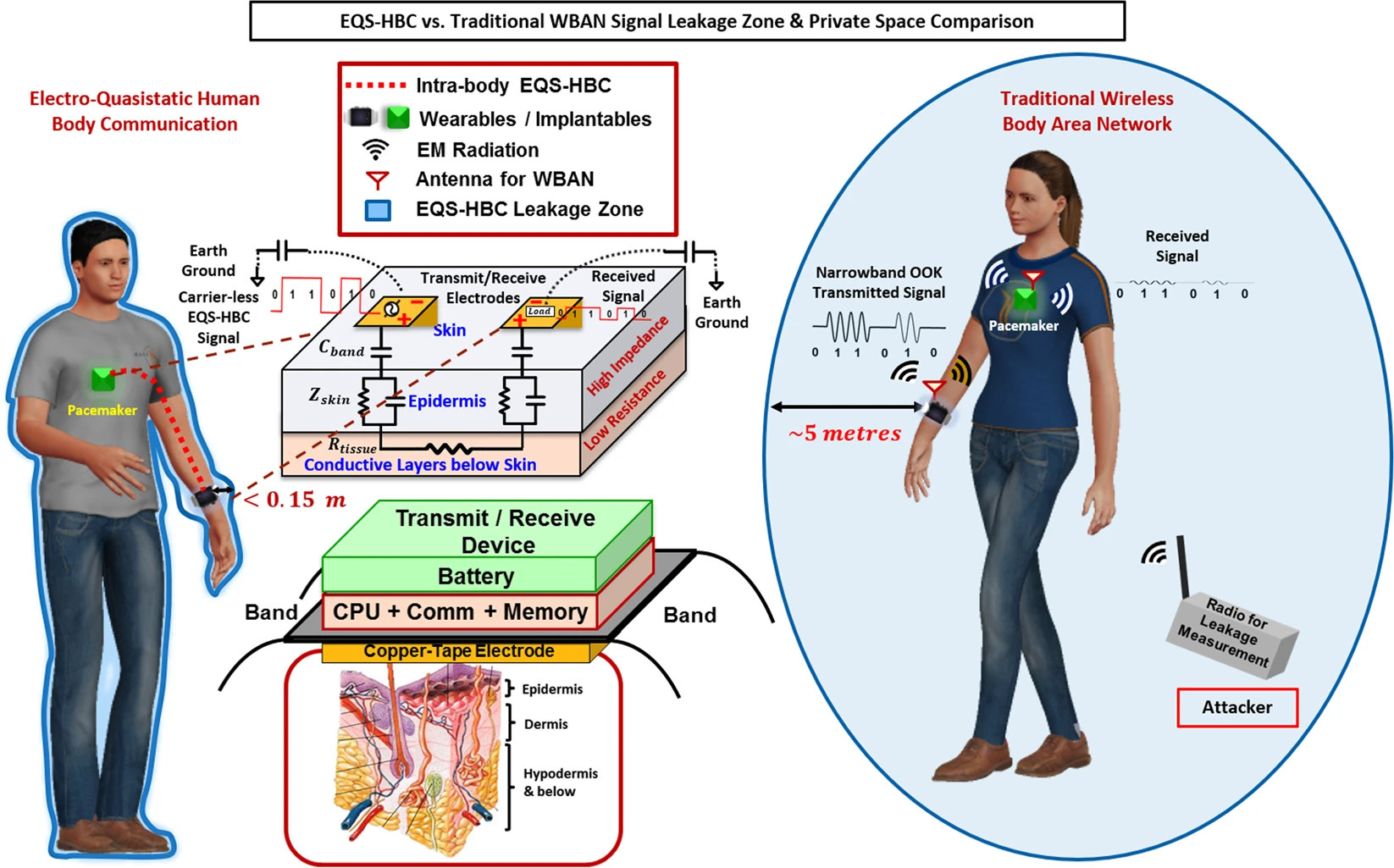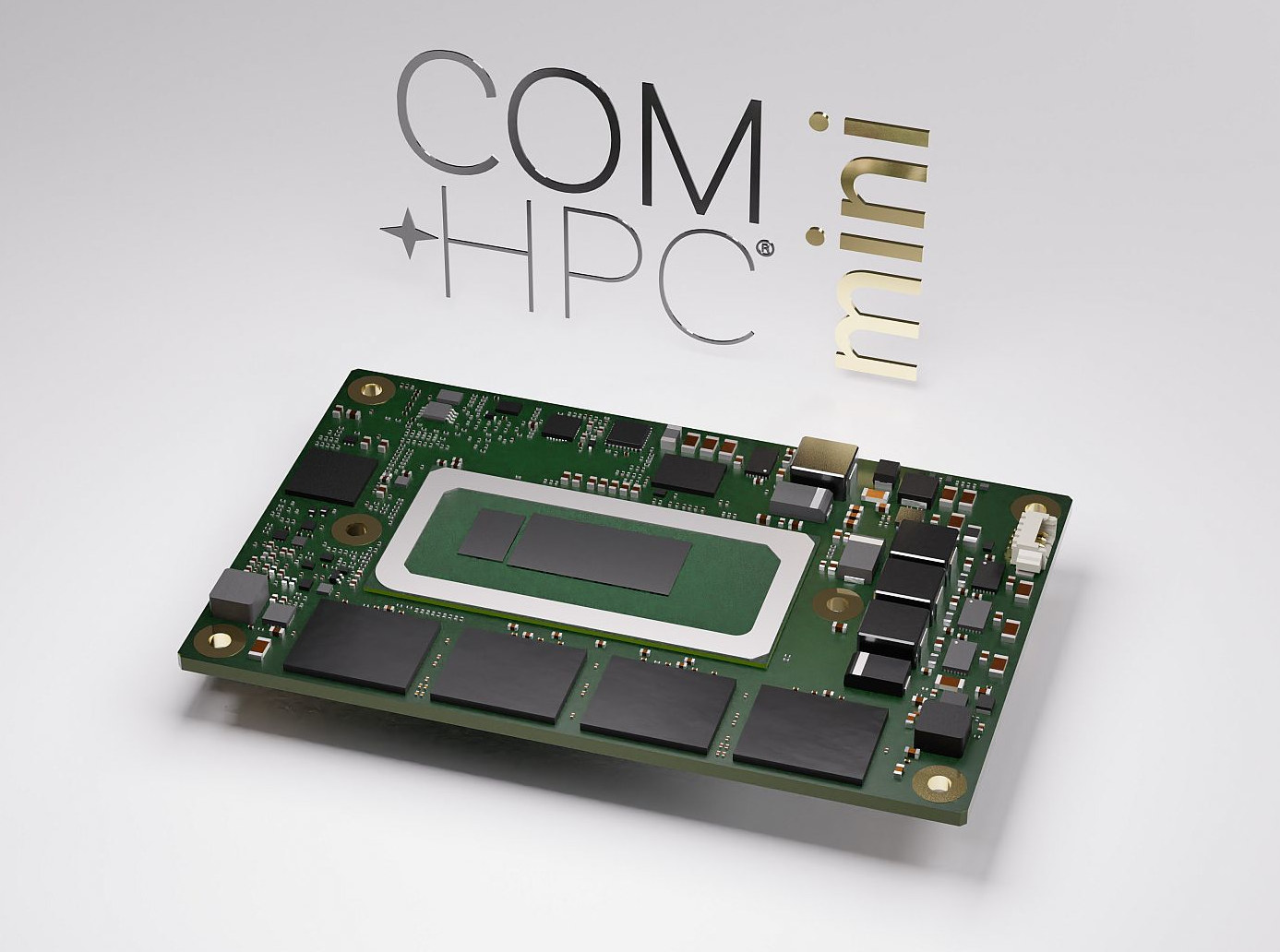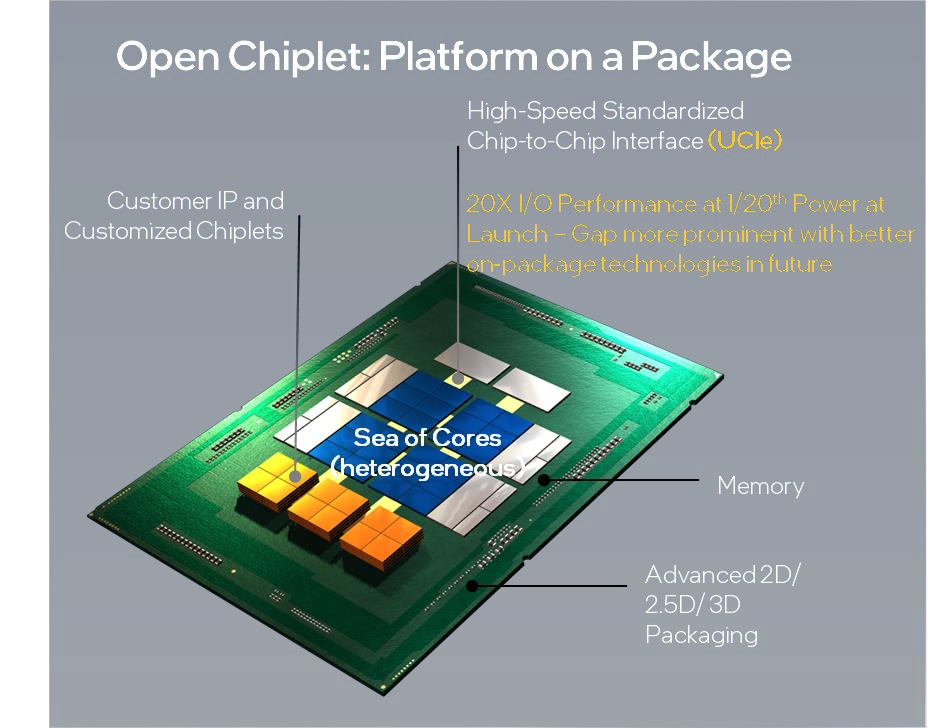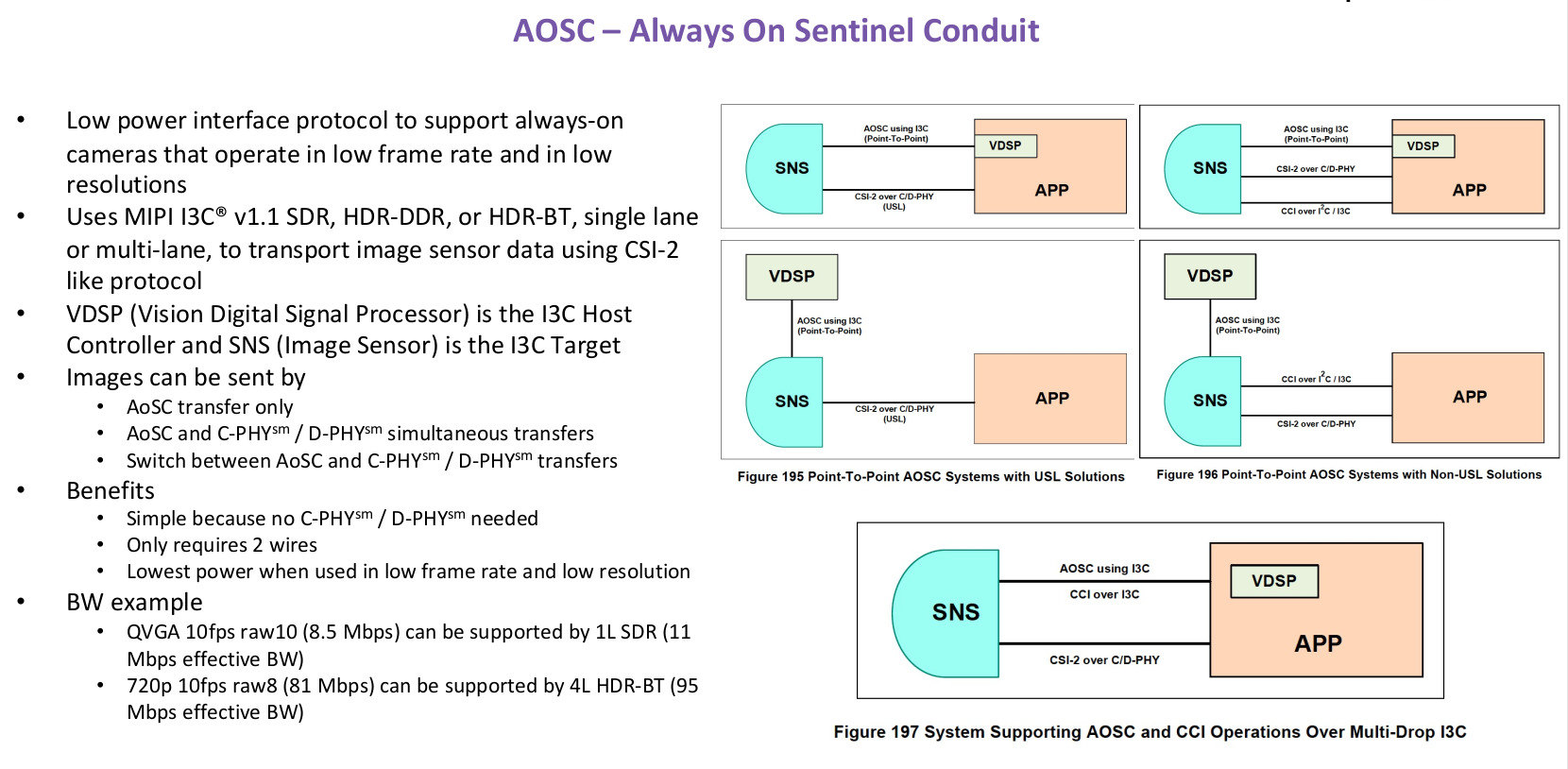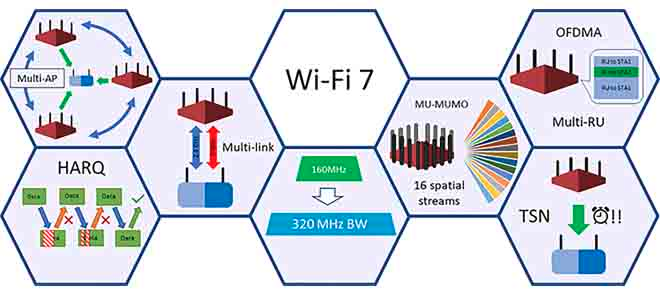The Bluetooth Special Interest Group (SIG) has just adopted the Bluetooth 5.4 Core Specification with features such as PAwR and EAD designed for Electronic Shelf Label (ESL) systems. The Bluetooth 5.3 Core Specification was adopted in August 2021 with various improvements, and Bluetooth 5.4 now follows with features that appear to be mainly interesting for large-scale Bluetooth networks with support for bi-directional communication with thousands of end nodes from a single access point, as would be the case for Electronic Shelf Label or Shelf Sensor systems. Four new features have been added to Bluetooth 5.4: Periodic Advertising with Responses (PAwR) – PAwR is a new Bluetooth Low Energy (LE) logical transport that provides a way to perform energy-efficient, bi-directional, communication in a large-scale one-to-many topology with up to up to 32,640 devices. Devices can also be allocated to groups allowing them to listen only to their group’s transmissions. An Electronic […]
The Wi-R protocol relies on body for data communication, consumes up to 100x less than Bluetooth
The Wi-R protocol is a non-radiative near-field communication technology that uses Electro-Quasistatic (EQS) fields for communication enabling the body to be used as a conductor and that consumes up to 100x less energy per bit compared to Bluetooth. In a sense, Wi-R combines wireless and wired communication. Wi-R itself only has a wireless range of 5 to 10cm, but since it also uses the body to which the Wi-R device is attached, the range on the conductor is up to 5 meters. While traditional wireless solutions like Bluetooth create a 5 to 10-meter field around a person, the Wi-R protocol creates a body area network (BAN) that could be used to connect a smartphone to a pacemaker, smartwatch, and/or headphones with higher security/privacy and longer battery life. One of the first Wi-R chips is Ixana YR11 with up to 1Mbps data rate, and they are working on a YR21 […]
Credit card-sized COM-HPC Mini modules to support PCIe Gen4 and Gen5 interfaces
PICMG has announced that the COM-HPC Mini form factor’s pinout and dimensions definitions were finalized, with the tiny credit card-sized modules able to handle PCIe Gen4 and Gen5 interfaces, of course, depending on whether the selected CPU supports those. The COM-HPC “High-Performance Computing” form factor was created a few years ago due to the lack of interfaces on the COM Express form factor with “only” 440 pins and potential issues to handle PCIe Gen 4 clock speeds and throughputs. So far, we had COM-HPC Client Type modules from 95 x 120mm (Size A) to 160 x 120mm (Size C) and Server Type modules with either 160 x 160mm (Size D) or 200 x 160mm (Size E) dimensions. The COM-HPC Mini brings a smaller (95 x 70 mm) credit card-sized form factor to the COM-HPC standard. The way they cut the size of the COM-HPC Size A form factor by half […]
Bluetooth LE to support 6 GHz frequency band
So far, the popular Bluetooth wireless communication protocol would only rely on the 2.4 GHz frequency band, but this may change in the future, as the Bluetooth Special Interest Group (SIG) has recently announced a new “specification development project” to add the 6 GHz frequency band to Bluetooth LE. Mark Powell, CEO of the Bluetooth SIG “explains” the move: The Bluetooth SIG community is constantly evolving the technology to meet ever expanding market demands for wireless communications. Expanding into the 6 GHz spectrum band will ensure the community can continue to make the enhancements necessary to pave the way for the next twenty years of Bluetooth innovation. I get it that’s a long-term move, but it does not explain exactly why the additional 6 GHz (and 5 GHz) bands may be necessary. I’d just suspect as more devices such as BLE sensors get more widely added that adds to the […]
USB4 Version 2.0 to enable speeds of up to 80 Gbps, introduce “active” USB cables
The USB Promoter Group has just pushed a press release about the “pending release” of the USB4 Version 2.0 specification that promises up to 80 Gbps of data performance over the USB Type-C cable and connector. The group also explains both the USB Type-C and USB Power Delivery (USB PD) specifications will also be updated, and everything will be published right before the USB DevDays developer events planned for November 2022 in the US and South Korea. So that’s basically an announcement about a future announcement, but we were still provided with some highlights of the upcoming USB4 v2 specification: Up to 80 Gbps operation based on a new physical layer architecture, using existing 40 Gbps USB Type-C passive cables and newly-defined 80 Gbps USB Type-C active cables. Updates to data and display protocols to better use the increase in available bandwidth. USB data architecture updates now enable USB 3.2 […]
UCIe (Universal Chiplet Interconnect Express) open standard for Chiplets with heterogeneous chips
We first heard about Chiplet, chips that gather IP or chips from different vendors into a single chip, in 2020 with the now-defunct zGlue’s Open Chiplet Initiative, but the term recently came back to the forefront last month with Intel’s investment into the “Open Chiplet Platform” that aims to offer a modular approach to chip design through chiplets with each block/chiplet customized for a particular function. It turns out there’s now an official standard called the Universal Chiplet Interconnect Express (UCIe) whose specification defines the interconnect between chiplets within a package, and not only backed by Intel, but also AMD, Arm, ASE, Google Cloud, Meta, Microsoft, Qualcomm, Samsung, and TSMC. UCIe defines the Physical Layer (Die-to-Die I/O) and protocols to be used for the chiplet interfaces, currently PCIe and CXL (Compute Express Link), but more protocols will be added to the specification in the future. The goal is to provide […]
MIPI CSI-2 v4.0 adds features for always-on, low power machine vision applications
While MIPI CSI-2 standard was first introduced in 2005 as a high-speed protocol for the transmission of still and video images from image sensors to application processors, the standard has evolved over the years, and the latest MIPI CSI-2 v4.0 introduces features to better support always-on, low power machine vision applications, high-resolution sensors, and high-dynamic-range automotive image sensors. The main changes for v4.0 include support for a two-wire interface (MIPI I3C) to lower cost and complexity, multi-pixel compression for the latest generation of advanced image sensors, and RAW28 color depth for better image quality and an improved signal-to-noise (SNR) ratio. MIPI CSI-2 v4.0 highlights: Always-On Sentinel Conduit (AOSC) – Enables always-on machine vision systems with ultra-low-power image sensors and video signal processors (VSPs) continuously monitoring their surrounding environments and having the ability to wake up their more powerful host CPUs when specific events happen. Some use cases include laptop/tablet-based face […]
WiFi 7 (802.11be) will support up to 40 Gbps links, real-time applications
I still don’t own a WiFi 6 router, but MediaTek has already started to demonstrate WiFi 7 (802.11be) to customers with solutions based on upcoming Filogic 802.11be processors which deliver “super-fast speeds and low latency transmission” and provide a “true wireline/Ethernet replacement for super high-bandwidth applications”. The company goes on to explain that Wi-Fi 7 relies on the same 2.4GHz, 5GHz, and 6GHz frequencies as WiFi 6/6E, but can still provide 2.4x higher speeds than Wi-Fi 6, even with the same number of antennas, since WiFi 7 can utilize 320Mhz channels and support 4K QAM (quadrature amplitude modulation) technology. There’s limited information about MediaTek Filogic 802.11be WiFi 7 processors since it will take a few more years before becoming available, but we can find more details in a document entitled “Current Status and Directions of IEEE 802.11be, the Future Wi-Fi 7” from IEEE Xplore. Here are some of the […]


